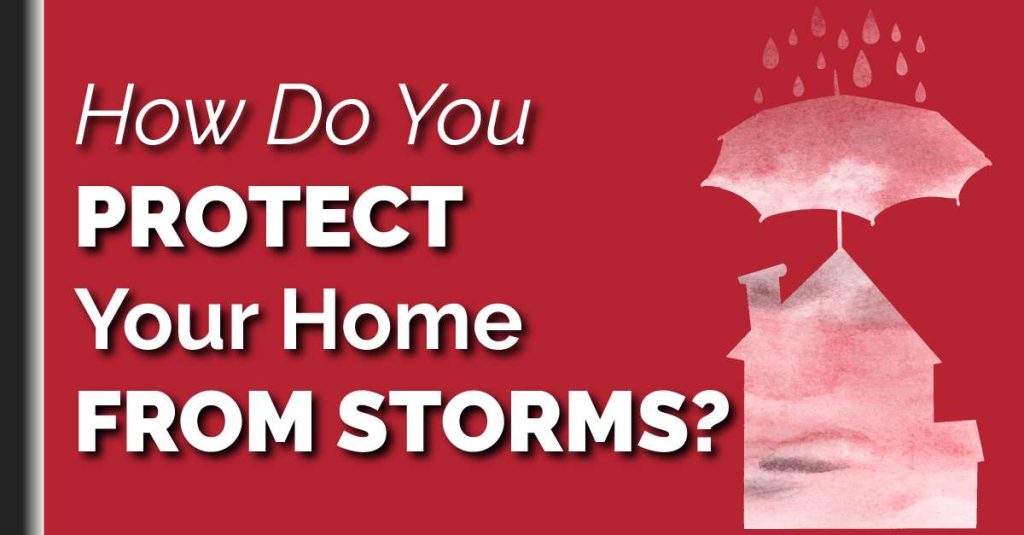Storms in the Central Kentucky area can cause major damage to your roof and the interior of your home. How do you stormproof your house and help prevent this kind of damage from occurring? Keep the following signs of storm damage in mind. Let professionals check for them instead of going up on your roof yourself.
Roof Leaks
Leaks from storms can leave the inside of your house vulnerable to moisture damage. Having leaks found and repaired right away helps prevent this from happening. Prompt leak repairs also protect your home from mold and mildew growth, along with severe water damage.
Ceiling Stains
Stains and spots on your ceiling can mean you have roof damage. These discolorations can develop when part of your roof has been damaged from natural wear and tear, high winds, torrential downpours, or other elements.
Debris
Windy conditions can leave debris all around your yard and near your house. In some cases, debris can damage your roof. Tree branches can break shingles or cause other kinds of damage.
Damage to Outdoor AC Units
Severe weather can cause debris to fly around and dent or damage your outdoor AC unit. If you see dents or other damage to this unit, you might also have damage to parts of your roof. A professional roofer can check for roof damage.
Flashing and Counter Flashing Dents
Hail might damage the flashings and counter flashings on your roof, which can allow water to seep into your home. Having dents or other damage repaired as soon as possible helps prevent leaks and other damage.
Outdoor Hazards
Watch for downed power lines and broken glass after storms. Your utility company should handle power line problems. If you’re picking up broken glass, wear gloves and other protective gear.
Broken or Missing Shingles
Storms can tear shingles off your roof or cause them to crack. If you look up and notice broken or missing shingles, have professionals inspect your roof and make repairs.
Preventing Roof Damage
While it is important to have your roof fixed as soon as possible after storm damage occurs, you also should care for your roof before storms happen. Call your roofer to inspect your roof for signs of damage and make necessary repairs regularly. Inspections should happen 1-2 times a year, or if you notice any signs of damage. Taking care of your roof on a regular basis helps prevent damage from occurring when storms hit.
If your Central Kentucky home has signs of roof damage, please contact AIC Roofing & Construction today.
Default insurance Lexington Louisville Richmond roof replacement
